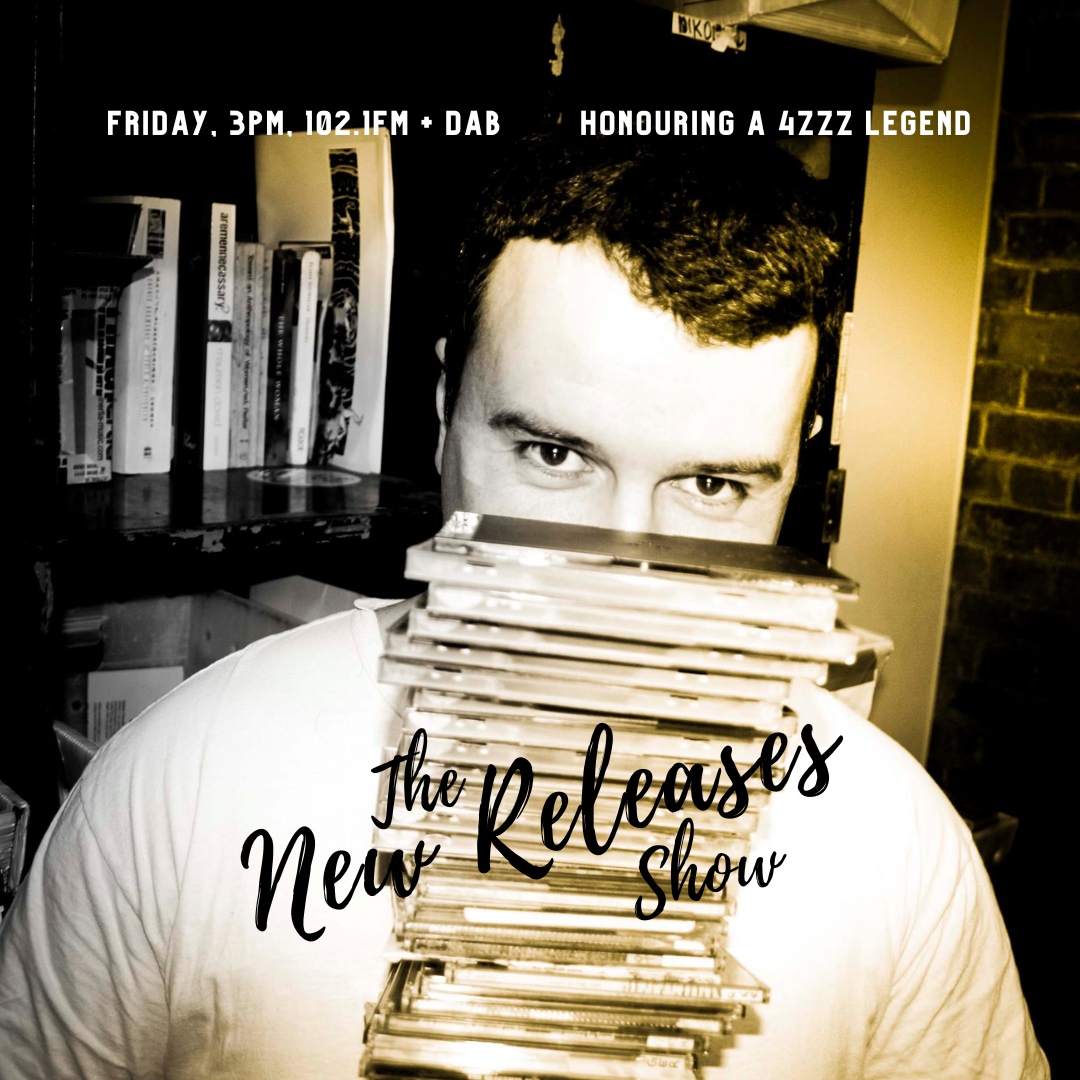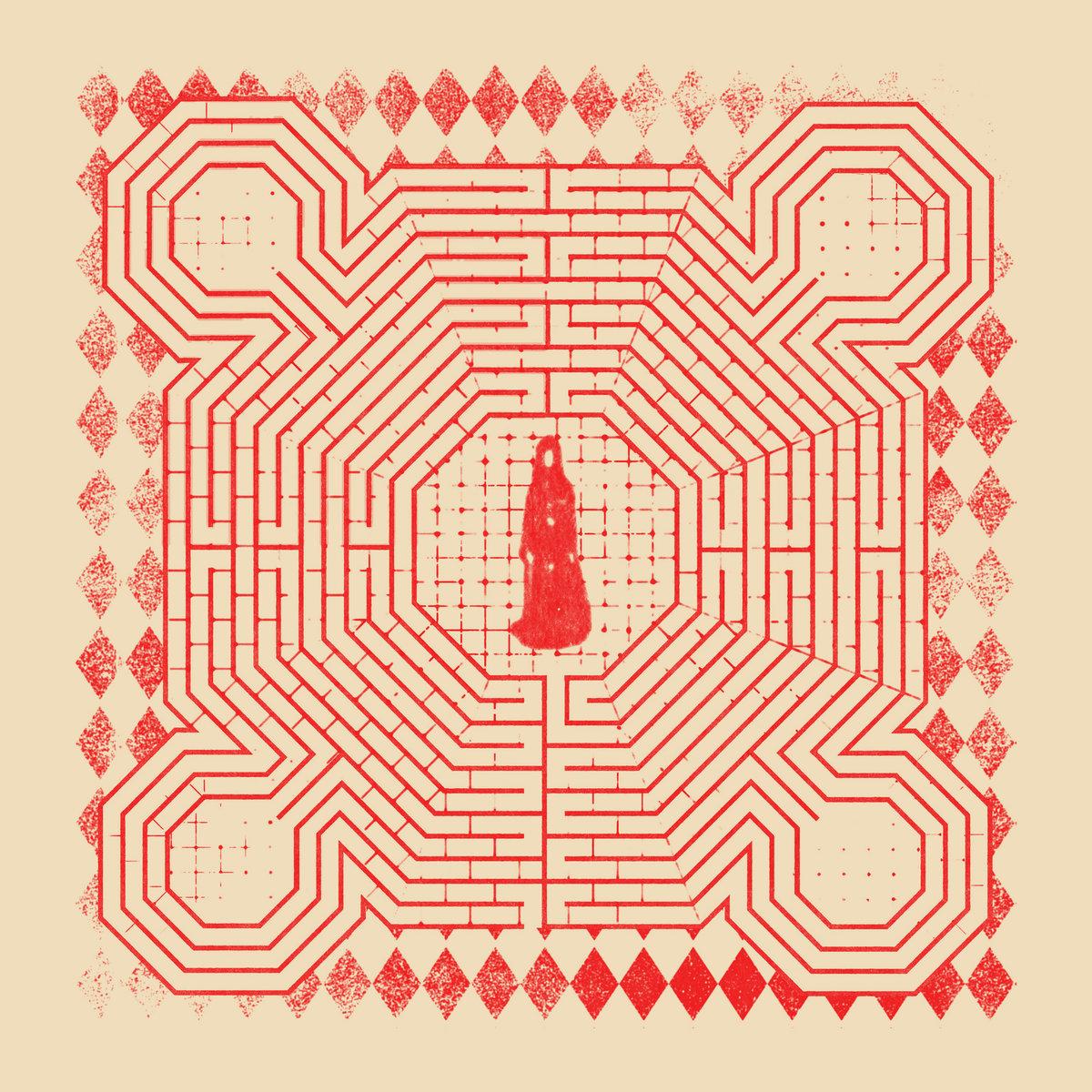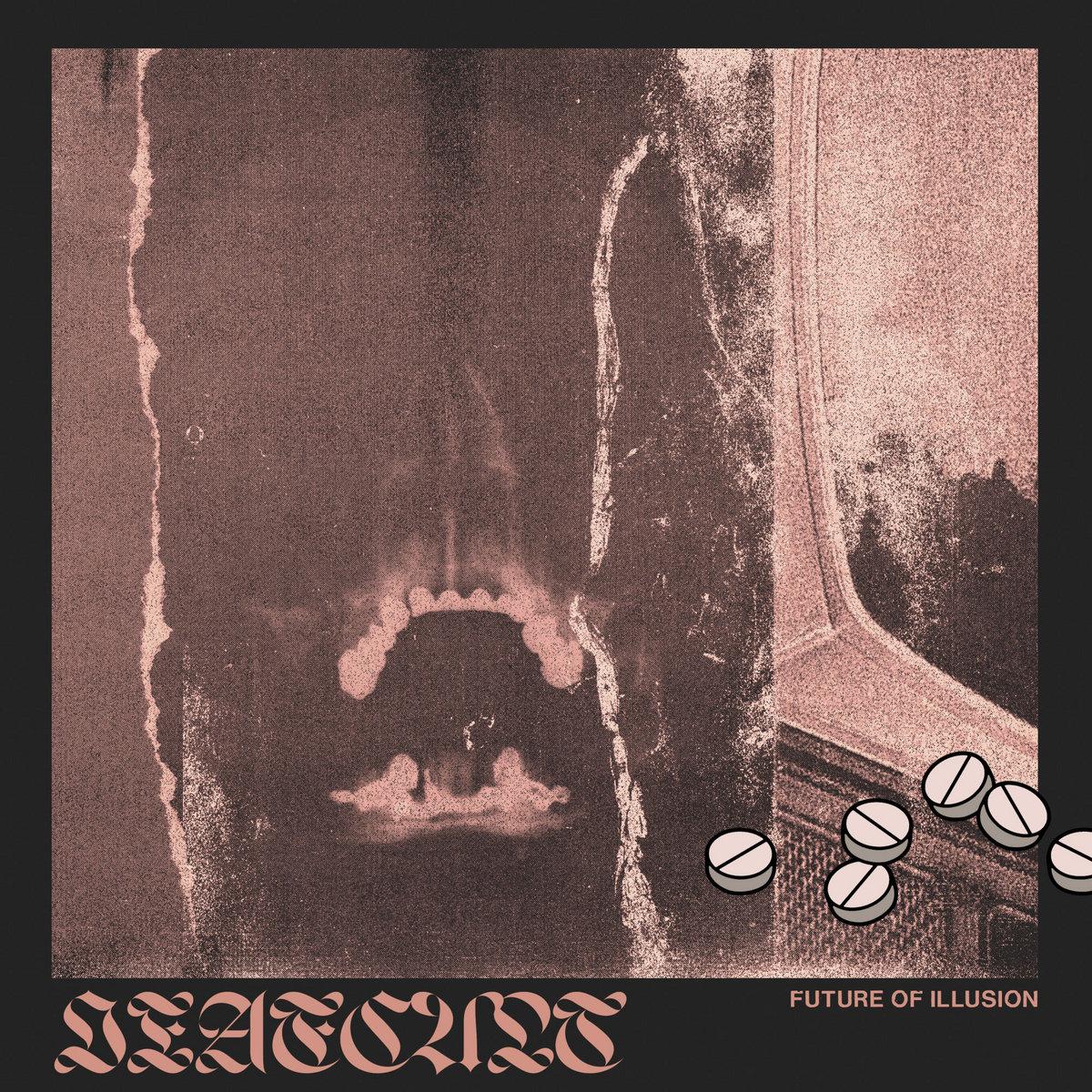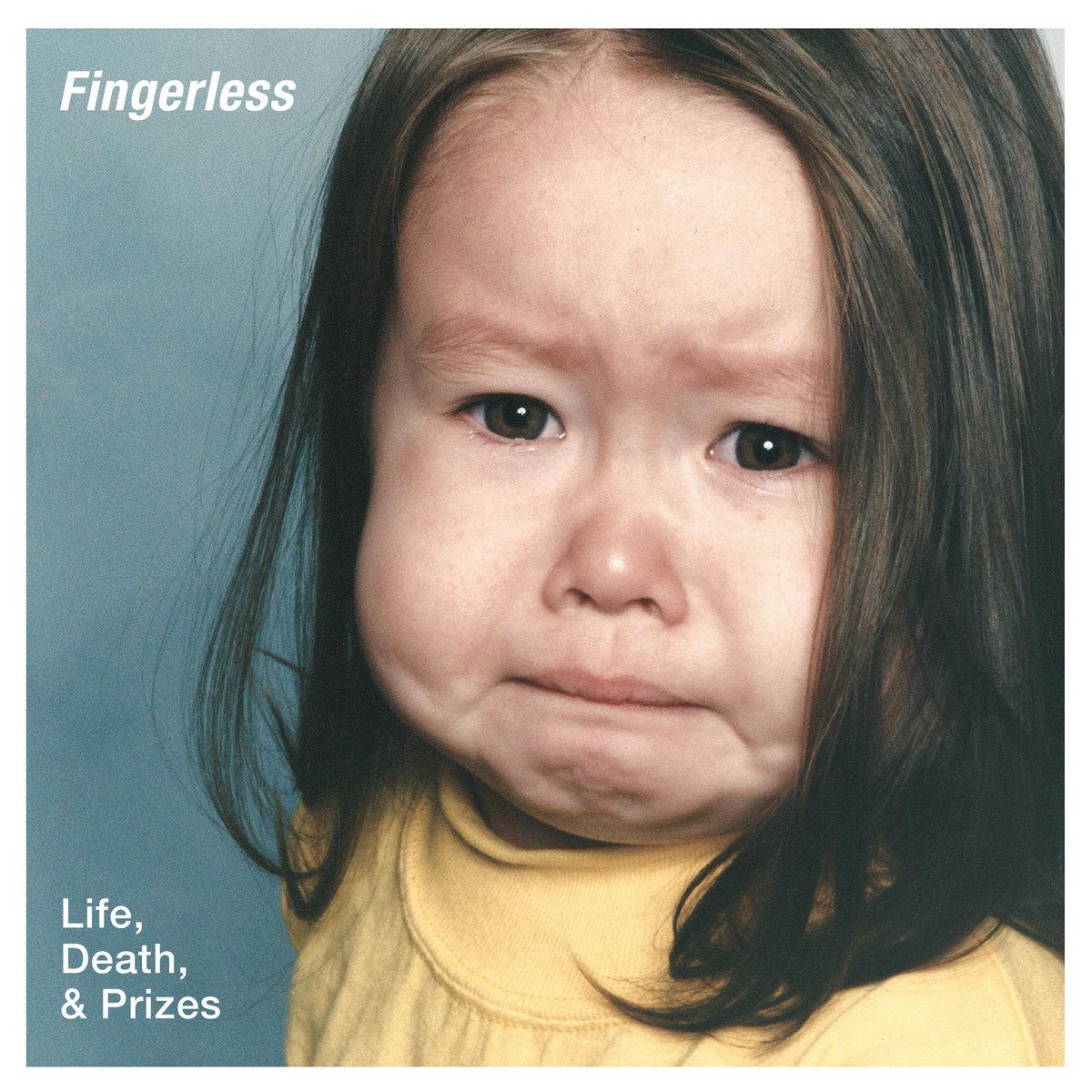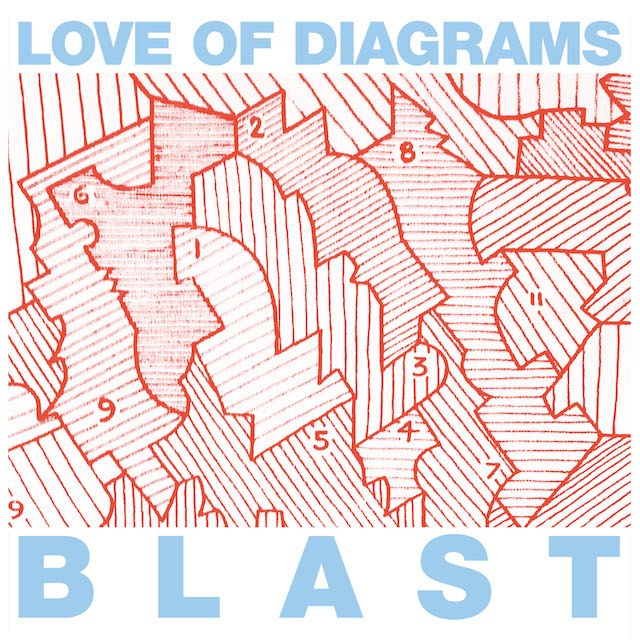
- It’s easy to forget the fact that Love Of Diagrams are kind of veterans of the Australian indie rock community. Having formed all the way back in 2001, they’ve now released four full length records plus a handful of EPs. One of those, 2007’s Mosaic, was put out on heavyweight US indie-rock label Matador, so the band certainly hasn’t been short of exposure in that time. Perhaps this feeling of absence is borne by the fact that all of Love Of Diagrams’ releases so far have come in the period between 2003 (when their debut album The Target Is You appeared) and their most recent album, 2009’s Nowhere Forever. That means that, from a releases standpoint, their recent period of inactivity is almost as long as that initial period of activity.
The release of Blast (on Brisbane born label Bedroom Suck) therefore begs the question: has absence made the heart grow fonder? Whether it has or not, Love Of Diagrams certainly put their best foot forward when reintroducing themselves; opening track and lead single Double Negative packs a lot of punch into its three-and-a-half minutes, powered along –as with all of the best Love Of Diagrams songs- by the band’s rhythm section of drummer Monica Fikerle and bassist/vocalist Antonia Sellbach. The song introduces one of the key differences between Blast and the past two albums: the sound here is immediate, close and in your face, eschewing the bigness of Mosaic and in particular the punk-via-stadium-rock sound of Nowhere Here, instead harking back to the intensity of the instrumental debut The Target Is You. Perhaps some of this can be traced to the band’s choice of collaborator on the record, that being punk’s king of in-your-face, Mr Steve Albini (although the album was mixed back in Melbourne with John Lee).
Blast is far from a regression, though. If anything, it contains some of Love Of Diagrams most economical pop songs. Gone are the longer track times of Nowhere Forever, instead almost every song on Blast clocks in at around three-and-a-half minutes, even the more reflective numbers near the end. The only near-epic on the album, Falling Down’ juxtaposes breakneck, anthemic pop-punk against more reflective sections. It, along with a number of other songs on the album, has an eerie similarity to the more punk-rock numbers released by My Bloody Valentine in the late 1980s. The effect is doubled when guitarist Luke Horton steps up the mic to trade vocals with Sellbach – it’s decidedly Shields/Butcher-esque. Elsewhere, such as on the early single ‘In My Head’, the band reminds more of early Breeders: Sellbach adopting a Kim Deal-esque coo that is super effective when placed in contrast to the insistent pop energy of the band. At times there’s even a bit of Galaxie 500 in the vocals.
Not that any of this in any way comes across as a form of pastiche. Love Of Diagrams long ago set up their sonic signature, and Blast merely continues on from that blueprint, consolidating previous strengths while adding new elements. Now that they’re back, and demonstrably as strong as ever, let’s hope they don’t make themselves strangers.
- Cameron Smith.


